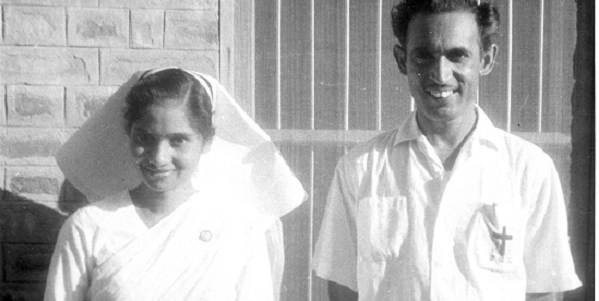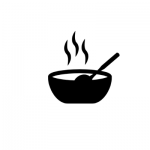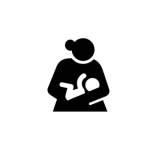
Looking Back at the Nursing Profession in Policy and Practice
12 May 2020
The year 2020 has been declared to be the International Year of Nurses and Midwives by the World Health Organisation (WHO). Today, 12th May, is the birth anniversary of Florence Nightingale, and is also celebrated as International Nurses Day every year (for more, visit).
Nightingale brought significant reforms in the military and civilian hospitals, and greatly influenced nursing. Between the 18th and 19th century, many nursing schools were started in different states of India mostly by mission hospitals that trained Indians as nurses. Unlike today, the nurses back then were mostly young men, and the women were taken, only in special cases, for assisting in childbirth. The progress of nursing in India though was obstructed by various factors like the caste system, illiteracy, political unrest and the weak social status of women. At the time of independence, thus, the situation was bleak and there were only a few nurses serving a population of millions.
Nurse-to-patient ratio is a challenge in India’s healthcare system, even today. As per one estimate, India has only 0.7 doctors and 1.7 nurses available per thousand population whereas the global average is 1 doctor and 2.5 nurses per thousand population. But aiming to achieve a better nurse-patient ratio is only the first step because there are issues related to the environment nurses have to work in. Being among the primary caregivers, nurses can become victims of violence for carrying out their duties (for instance see this media report on attack on medical staff, and another on a nurse’s house being stone pelted involved in the Coronavirus pandemic response).
In almost all healthcare settings, nurses have to perform multiple duties that are not a part of their job because of which they are left with minimal time to carry out their main responsibilities. These non-nursing work tasks can be billing, record keeping, inventory, laundry, diet, physiotherapy etc., and failing to do these properly can lead to penalties like cancellation of leaves and salary deduction (for more, visit).
There have been attempts to reform the situation for nurses through policymaking.
After independence, various committees—like the Bhore Committee (1943), Shetty Committee (1954), Mudaliar Committee (1959-61), Kartar Singh Committee (1973), Srivastava Committee (1974), High Power Committee (1987)—along with the five year plans have brought a transition in the status of nursing and midwifery in India. The recommendations made by these committees have focused on staffing, infrastructure and equipment and regulations and intensification of training programmes [1]. Since then, we have also come a long way with the role of nurses in the healthcare system evolving, the shortening of hospital stays, scientific and technological advances and increasing longevity worldover [2].
Last month, the Union government brought in an ordinance amending the Epidemic Diseases Act, 1897 as per which acts of violence against medical personnel and frontline health workers is now a criminal offense.
Yet, even as such decisions are welcome, there is still a need for significant improvement in the regular working conditions of nurses.
References:
- National Health Policy, 2002 & 2017
- Benner,P., Sutphen,M., Leonard, V., & Day, L. (2010) Educating nurses: A call for radical transformation. Wiley, Danvers, MA.
Vinod is a Senior PAISA Associate at Accountability Initiative.
Also read: Voice of an Auxiliary Nurse Midwife in Bihar





